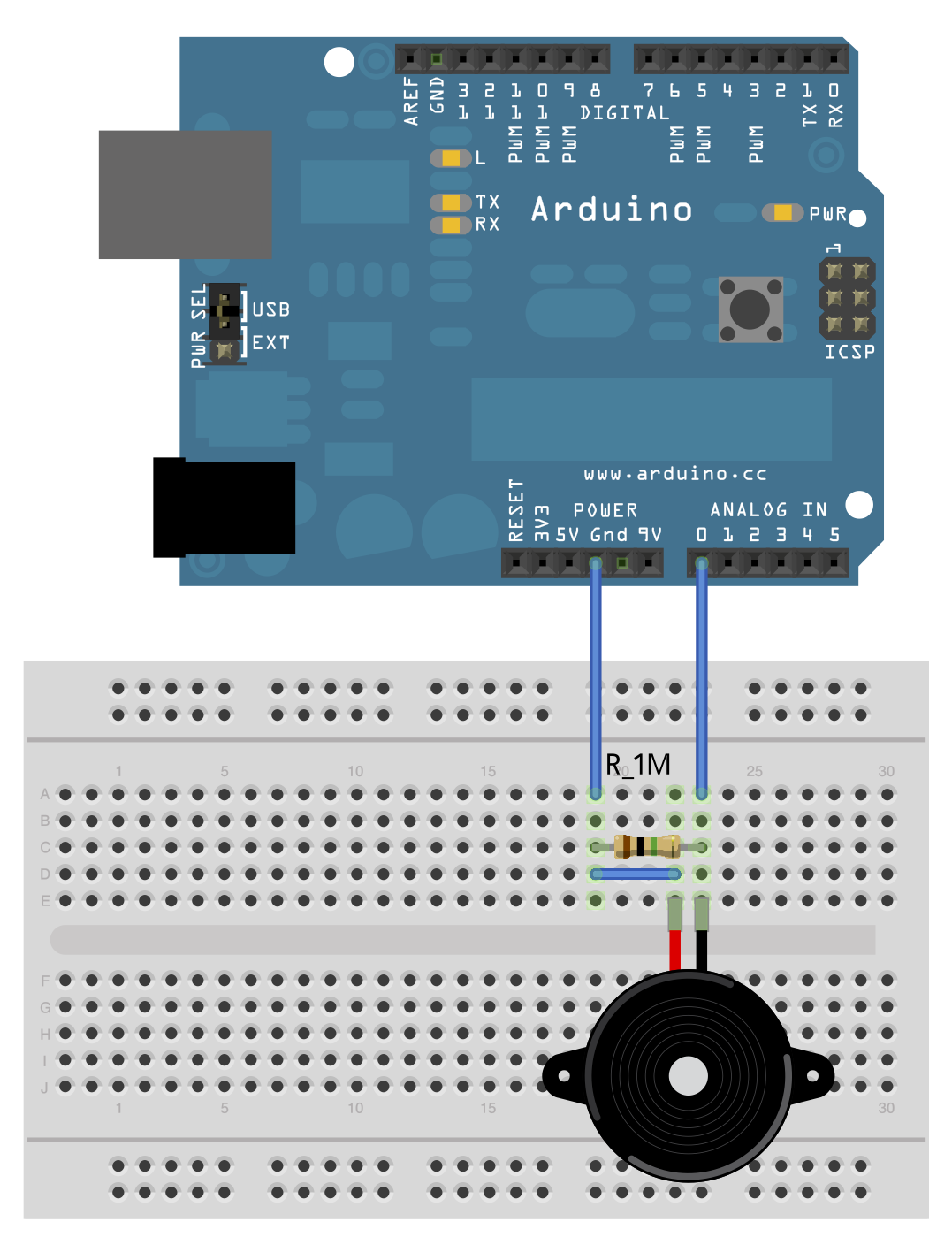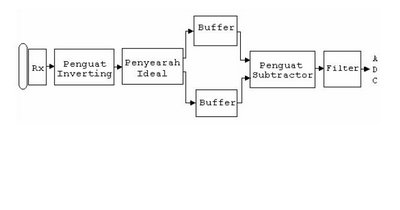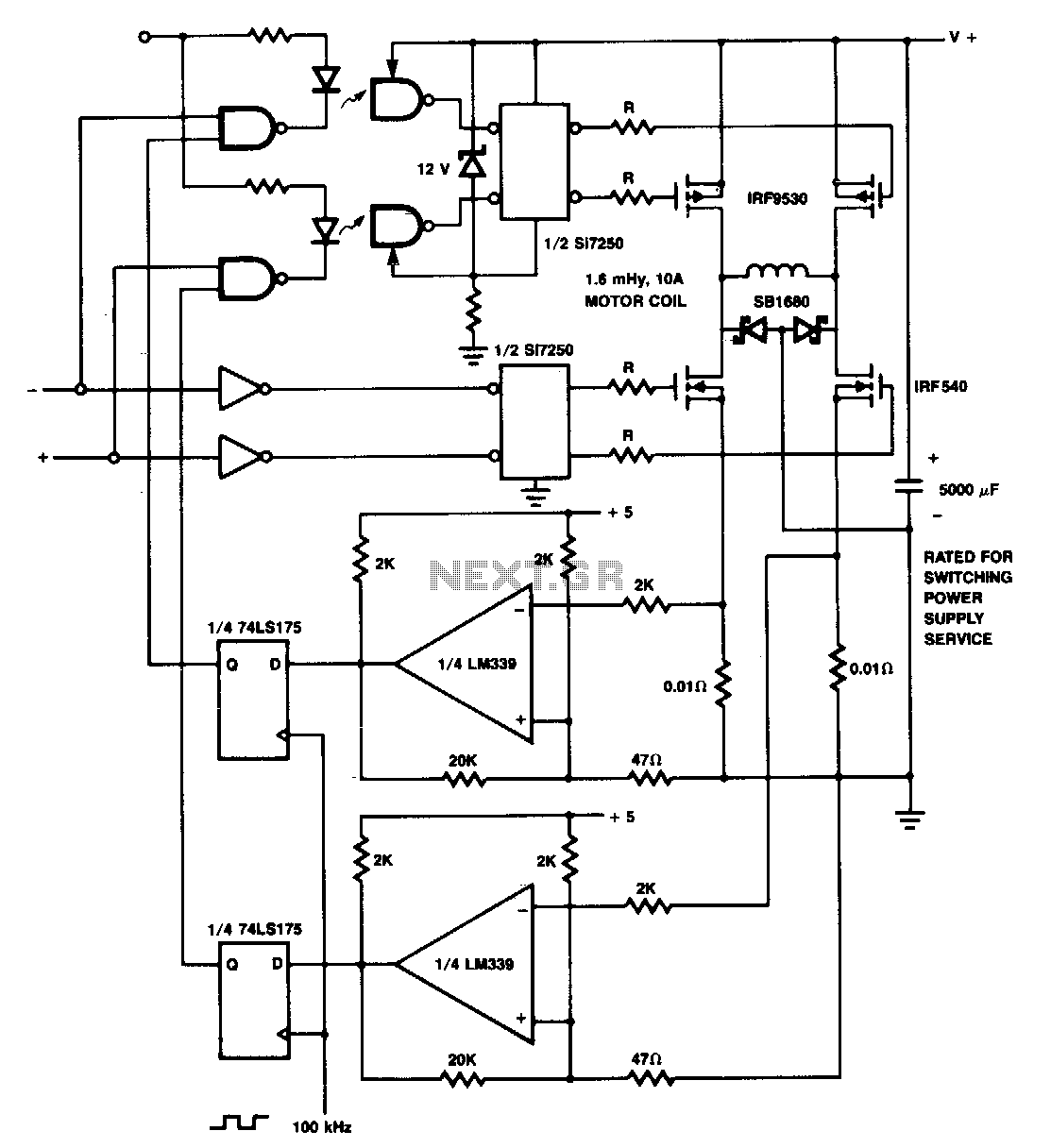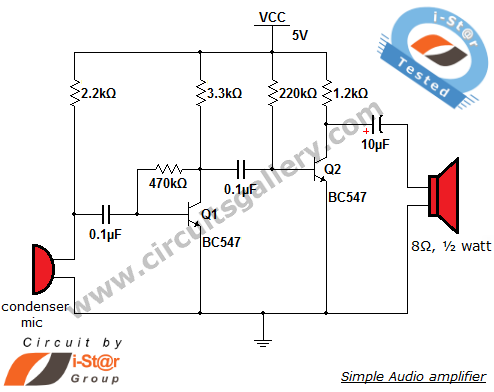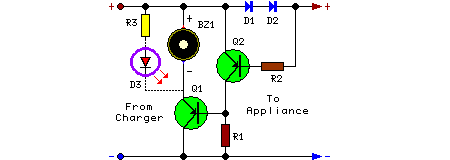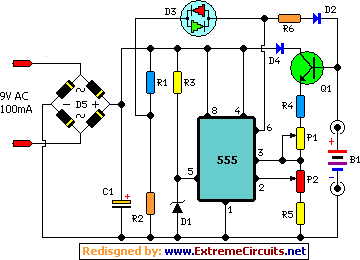
Ultra Small Mobile Phone Xenon Photoflash Capacitor Charger With IGBT Driver
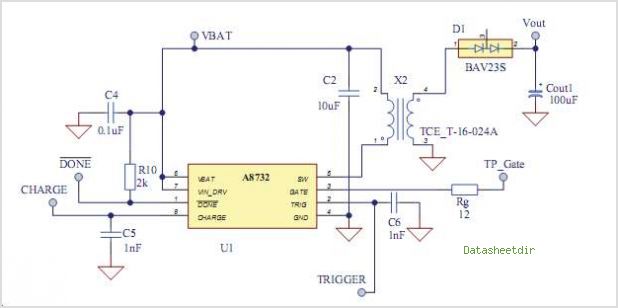
The AAT1265 evaluation board serves as a platform for testing and evaluating the AAT1265 low voltage 2MHz step-up regulator. This evaluation board illustrates the recommended size and arrangement of external components necessary to maintain output voltage regulation for up to 250mA of output current. The selected external components are designed for compactness to suit portable applications, while the layout has been optimized to achieve high efficiency with the SC70JW-8 package. The design operates over an input voltage range of 0.8V to VOUT. The AAT1265 evaluation demo board provides a 3.3V output at a maximum output current of 250mA for a dual AA cell input. This document outlines the operation and testing procedures for the AAT1265 evaluation board.
The AAT1265 evaluation board is engineered to facilitate the assessment of the AAT1265 low voltage step-up converter, which operates at a frequency of 2MHz. The board's design is crucial for maintaining voltage regulation while sourcing up to 250mA of output current, making it suitable for various portable electronic applications. The external components, including inductors and capacitors, are meticulously chosen for their small footprint, ensuring that the overall design remains compact and efficient.
The layout of the evaluation board is optimized to minimize parasitic inductance and resistance, which can adversely affect performance. This optimization is particularly important in high-frequency applications where switching losses can significantly impact efficiency. The use of the SC70JW-8 package further enhances the board's space efficiency, allowing for integration into compact devices.
The input voltage range of 0.8V to VOUT enables the board to operate effectively with low-voltage power sources, such as dual AA batteries, making it versatile for battery-operated devices. The specified output voltage of 3.3V is a standard requirement for many digital circuits, ensuring compatibility with a wide range of applications.
Operational testing of the AAT1265 evaluation board involves monitoring the output voltage and current under various load conditions to verify the regulator's performance. The evaluation board also provides test points for measuring input and output voltages, as well as current monitoring, facilitating comprehensive performance analysis.
In summary, the AAT1265 evaluation board is a well-designed tool for engineers and developers looking to evaluate the performance of the AAT1265 step-up regulator in portable applications, ensuring that both design and testing processes are streamlined and efficient.The AAT1265 evaluation board provides a platform for the testing and evaluation of the AAT1265 low voltage 2MHz Step-up Regulator The evaluation board demonstrates suggested size and placement of external components to main- tain output voltage regulation for up to 250mA of output current. The external components are selected for small size to sui t portable applications while the layout has been optimized to achieve high efficiency with the SC70JW-8 package. The design operates across an input voltage range of 0. 8V to VOUT. The AAT1265 EVAL demo board provides a 3. 3V output at 250mA maximum output current for a dual AA cell input. This document provides details on the operation and testing of the AAT1265 evaluation board. AAT1265IJS Low Voltage 2MHz Step-up Converter 🔗 External reference
The AAT1265 evaluation board is engineered to facilitate the assessment of the AAT1265 low voltage step-up converter, which operates at a frequency of 2MHz. The board's design is crucial for maintaining voltage regulation while sourcing up to 250mA of output current, making it suitable for various portable electronic applications. The external components, including inductors and capacitors, are meticulously chosen for their small footprint, ensuring that the overall design remains compact and efficient.
The layout of the evaluation board is optimized to minimize parasitic inductance and resistance, which can adversely affect performance. This optimization is particularly important in high-frequency applications where switching losses can significantly impact efficiency. The use of the SC70JW-8 package further enhances the board's space efficiency, allowing for integration into compact devices.
The input voltage range of 0.8V to VOUT enables the board to operate effectively with low-voltage power sources, such as dual AA batteries, making it versatile for battery-operated devices. The specified output voltage of 3.3V is a standard requirement for many digital circuits, ensuring compatibility with a wide range of applications.
Operational testing of the AAT1265 evaluation board involves monitoring the output voltage and current under various load conditions to verify the regulator's performance. The evaluation board also provides test points for measuring input and output voltages, as well as current monitoring, facilitating comprehensive performance analysis.
In summary, the AAT1265 evaluation board is a well-designed tool for engineers and developers looking to evaluate the performance of the AAT1265 step-up regulator in portable applications, ensuring that both design and testing processes are streamlined and efficient.The AAT1265 evaluation board provides a platform for the testing and evaluation of the AAT1265 low voltage 2MHz Step-up Regulator The evaluation board demonstrates suggested size and placement of external components to main- tain output voltage regulation for up to 250mA of output current. The external components are selected for small size to sui t portable applications while the layout has been optimized to achieve high efficiency with the SC70JW-8 package. The design operates across an input voltage range of 0. 8V to VOUT. The AAT1265 EVAL demo board provides a 3. 3V output at 250mA maximum output current for a dual AA cell input. This document provides details on the operation and testing of the AAT1265 evaluation board. AAT1265IJS Low Voltage 2MHz Step-up Converter 🔗 External reference
Warning: include(partials/cookie-banner.php): Failed to open stream: Permission denied in /var/www/html/nextgr/view-circuit.php on line 713
Warning: include(): Failed opening 'partials/cookie-banner.php' for inclusion (include_path='.:/usr/share/php') in /var/www/html/nextgr/view-circuit.php on line 713
